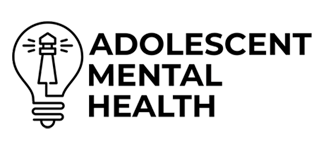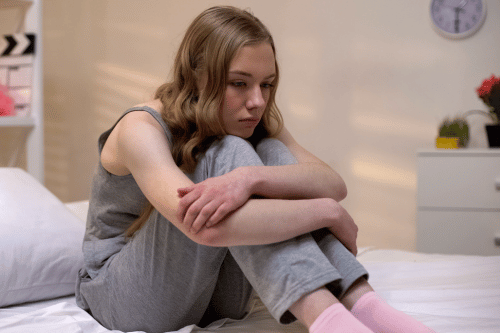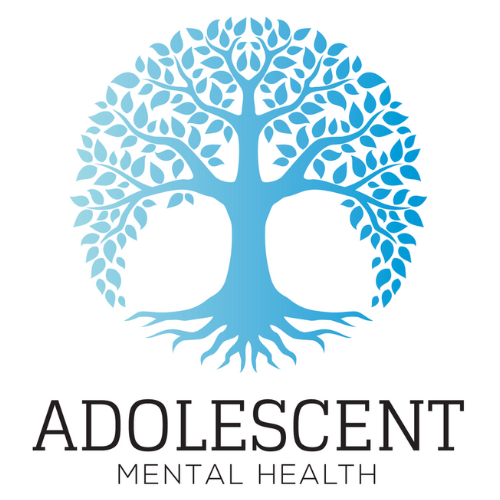Anxiety in Adolescents: Understanding, Treating, and Supporting Teen Mental Health
Anxiety in adolescents is a leading mental health condition that can impact emotional health, academic success, and social life. Left untreated, it may lead to long-term effects, including depressive disorders, avoidance behavior, and even suicide risk. Early screening for anxiety disorders and timely intervention through evidence-based treatments are essential in improving symptoms and preventing functional impairment in adolescents.
Understanding Anxiety in Adolescents
Prevalence and Statistics
Anxiety disorders are the most common mental health disorders in children and adolescents. The U.S. Preventive Services Task Force and studies like those conducted by Burstein M, Wittchen HU, and Kessler RC indicate a high lifetime prevalence of pediatric anxiety disorders, with generalized anxiety disorder, Separation Anxiety Disorder, Social Anxiety Disorder, and Panic Disorder being the most frequently diagnosed types of anxiety disorders in adolescents. According to the Center for Behavioral Health Statistics and Quality, adolescent anxiety disorders often begin before age 14.
Distinguishing Between Anxiety and Stress
While stress is a temporary response to pressure, anxiety disorders are persistent and involve intense fear or excessive worry that interferes with daily life. Anxiety in teenagers can result in both emotional disturbance and physical symptoms like shortness of breath, abdominal pain, chest pain, and sleep issues. These symptoms of anxiety disorders may require a formal anxiety disorder diagnosis through semistructured interviews or clinical interview in primary care or mental health settings.
Causes and Triggers of Anxiety in Adolescents
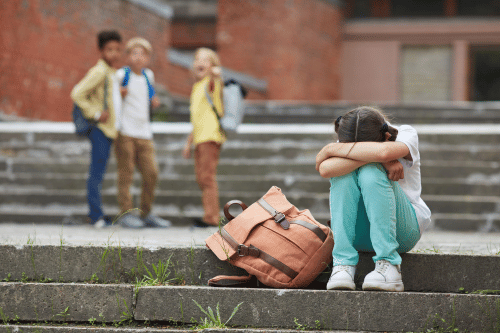
Academic Pressures
Academic performance, high-stakes testing, and future planning are major triggers of anxiety among children and adolescents. These can be worsened by parental anxiety and expectations.
Social Challenges
Social anxiety and fear of judgment can limit peer interaction, increase school refusal, and lead to avoidance behavior. Social media usage has also been linked to rising anxiety symptoms in female adolescents, as noted in studies by Salum GA and Racine N.
Family Dynamics
Anxious children may be affected by conflict at home, overprotection, or inconsistent support. Genetic risk and parental mental health conditions may contribute to the onset of anxiety in children and adolescents.
Symptoms of Anxiety in Adolescents
Emotional Symptoms
Common signs of anxiety in adolescents include excessive fear, irritability, worry about the future, and emotional outbursts. Emotional disorders can affect self-esteem and participation in social activities.
Physical Symptoms
Anxiety can cause shortness of breath, abdominal pain, chest pain, headaches, fatigue, and muscle tension. These physical symptoms often lead to visits to primary care providers without an obvious physical health diagnosis.
Behavioral Symptoms
School refusal, avoidance of social events, decline in academic performance, and use of safety behaviors like staying close to parents are frequent behavioral signs. Children with anxiety disorders may also show compulsive disorder behaviors or begin using substances to cope, leading to higher risk of suicidal behavior.
Differences in Anxiety Across Age Groups
Comparing Adolescents with Younger Children
Disorders in childhood often involve more visible behaviors such as tantrums or clinging, while adolescent anxiety disorders are more likely to be internalized. Adolescents may mask feelings of anxiety, making detection more difficult.
Comparing Adolescents with Adults
Adolescent anxiety disorders can be harder to diagnose due to mood swings and shifting behavior patterns. Unlike adults, adolescents may not articulate their feelings clearly. A differential diagnosis is often necessary to rule out other mental health conditions such as obsessive-compulsive disorder or depressive disorders.
Anxiety-Related Behaviors

School Refusal
School refusal is often associated with Separation Anxiety Disorder or Social Anxiety Disorder. It may be driven by fear of judgment, performance anxiety, or past traumatic experiences.
Substance Use
Substance use may emerge as a coping strategy for adolescents with anxiety disorders. This behavior may lead to increased health risks and worsened mental health conditions over time.
Links to Depression
There is strong evidence of comorbidity between anxiety in adolescents and depressive disorders. Cognitive behavior therapy protocols can help reduce the combination in childhood anxiety and depressive symptoms.
Role of Parents and Educators
Recognizing Signs of Anxiety
Parents and educators are often the first to identify signs of anxiety, such as changes in sleep, academic performance, or mood. Diagnostic assessment and early referral to mental health services are key steps in treatment of children and adolescents with anxiety disorders.
Communication Strategies
Open communication allows adolescents to share their concerns. Educators and parents should use validation, active listening, and encourage healthy discussion about mental health conditions.
Supporting Teens Through School Stress
Helping teens manage their workload, practice relaxation strategies like deep breathing or mindfulness, and encouraging social interaction can reduce symptoms in children and teens facing academic pressure.
Coping Strategies and Interventions
Cognitive-Behavioral Therapy (CBT)
CBT is the most studied and effective treatment for adolescent anxiety disorders. It includes techniques such as cognitive restructuring, exposure tasks, and systematic desensitization. Studies led by Walkup JT, Albano AM, and Piacentini J show improvement in symptoms across multiple anxiety conditions.
Medications
Pharmacotherapy for anxiety disorders, particularly with FDA-approved antidepressant drugs, may be recommended when CBT alone is not sufficient. Clinical trials and systematic reviews have shown benefit, though potential adverse effects must be carefully monitored.
Mindfulness and Relaxation Techniques
Relaxation techniques such as guided imagery, deep breathing, and progressive muscle relaxation are helpful in managing the stress response. These tools can support improvement in symptoms in both primary care and school settings.
Test Anxiety Management
Behavioral therapy, exposure techniques, and structured preparation can help teens reduce intense fear related to testing. The State-Trait Anxiety Inventory is often used to measure test-related anxiety levels.
Importance of Early Detection and Treatment
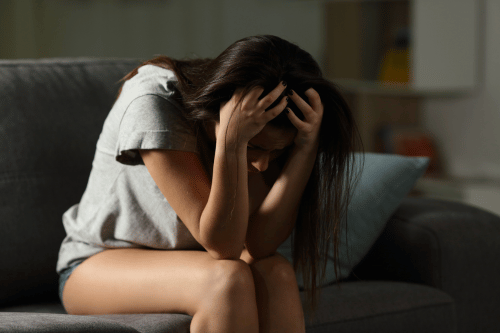
Consequences of Untreated Anxiety
Untreated anxiety may lead to school dropout, social withdrawal, psychiatric disorders, or development of future anxiety disorder or depressive disorders. It may also affect physical health and long-term functional outcomes.
Promoting Mental Health Awareness
Promoting awareness in schools, communities, and online platforms helps reduce stigma. Campaigns supported by the American Academy of Child and Adolescent Psychiatry emphasize the importance of early intervention and effective treatment.
Resources and Support
Trusted Health Organizations
Organizations such as the National Institute of Mental Health, U.S. Preventive Services Task Force, and American Academy of Child and Adolescent Psychiatry provide guidelines on treatment of anxiety disorders in children and adolescents.
Support Groups and Community Resources
Community mental health services, support groups, and school counseling programs offer valuable resources for adolescents with anxiety disorders and their families.
Educational Materials for Parents and Teens
Evidence-based materials, including comparative effectiveness reviews, systematic reviews and meta-analyses, and annual research review publications, support informed decision-making by families and professionals.
If your teen is struggling with anxiety, Adolescent Mental Health offers clinical assessment, evidence-based therapies, and supportive mental health services designed for adolescents. Contact our Orange County center to learn more about individualized treatment options.

FAQ's
Common signs of anxiety in teenagers include excessive fear, frequent worry, restlessness, and irritability. Physically, they may experience headaches, chest pain, shortness of breath, abdominal pain, or muscle tension. Behaviorally, adolescents with anxiety disorders may avoid social interactions, show reluctance to attend school, or display a sudden drop in academic performance. Emotional symptoms often include feeling overwhelmed or constantly on edge. These symptoms can interfere with daily life and may signal the presence of a mental health disorder.
Stress is usually temporary and tied to specific situations, such as upcoming exams or social events. Anxiety, however, involves persistent and excessive worry that may not be linked to a clear cause. While stress often subsides after the triggering event, anxiety disorders can continue for weeks or months and may include symptoms such as sleep disturbances, school refusal, or panic attacks. A mental health professional can assess whether a teen is experiencing a stress response or a clinical anxiety disorder using tools like the State-Trait Anxiety Inventory or structured interviews.
Effective treatment for adolescent anxiety disorders often includes Cognitive-Behavioral Therapy (CBT), which focuses on changing unhelpful thinking patterns and behaviors. CBT may involve cognitive restructuring, exposure techniques, and relaxation strategies like deep breathing. In some cases, pharmacotherapy for anxiety disorders, such as selective serotonin reuptake inhibitors (SSRIs), may be prescribed when therapy alone is not enough. Treatment plans are typically developed by licensed mental health professionals and may be offered in school settings, primary care settings, or mental health clinics.
Parents should seek help if their child shows ongoing signs of anxiety that disrupt school, home life, or relationships. This includes symptoms like school refusal, avoidance behavior, panic attacks, or social withdrawal. If anxiety symptoms last more than a few weeks or begin to cause functional impairment, a comprehensive diagnostic assessment by a mental health provider is recommended. Early detection and treatment of childhood anxiety disorders reduce the risk of long-term mental health issues and support better outcomes for adolescents.
